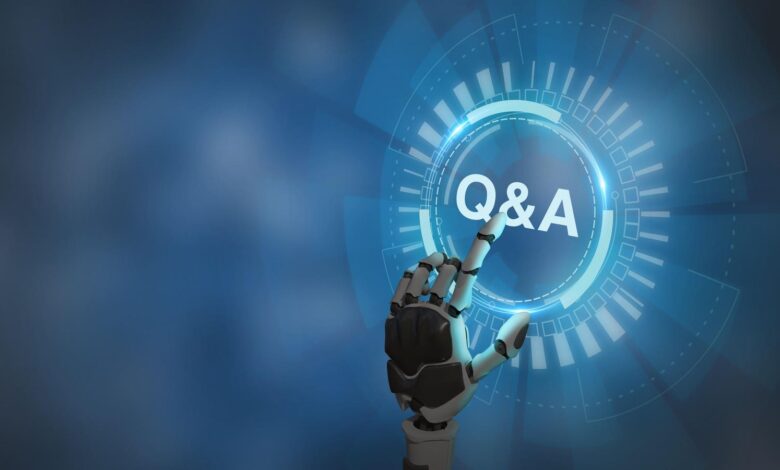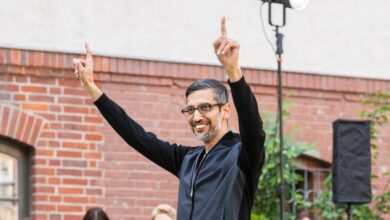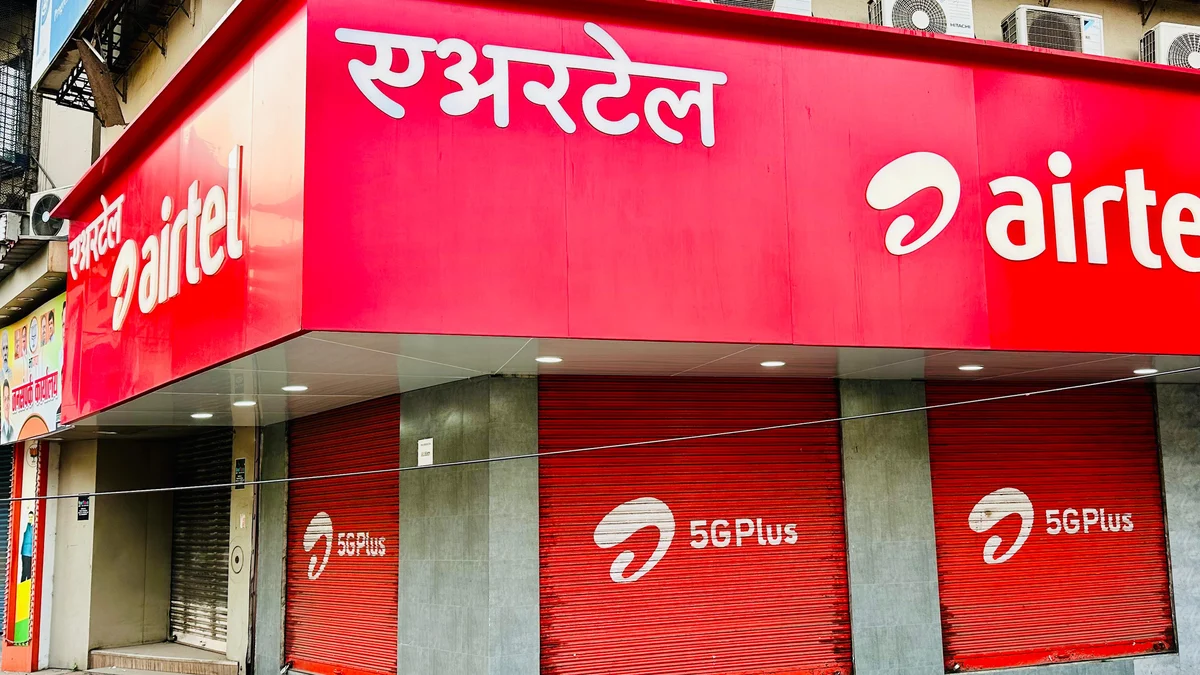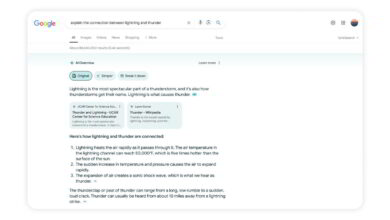6 Questions CHRO’S Can Ask Generative AI To Improve Employee Career Experience

There are certain questions that Chief Human Resource Officers can ask generative AI That have the … [+]
Many experts believe HR has yet to unlock the full potential of AI, but AI can unlock new levels of data insight for Chief Human Resource Officers (CHROs), according to Keith Bigelow, chief product officer at Visier. “Historically, Human Resources has not been known for being an overly data-savvy function, and so not all organizations have invested in people analytics,” Bigelow notes. “Rather, many HR decisions are made based on experience or best practices. But putting the right insights into the right hands, at the right time has the ability to make people decisions more data driven.”
He further states that those pioneers who have invested in people analytics are now finding themselves in a great position to leverage the power of generative AI to access and scale those insights. “They are now able to reach well beyond the boundaries of HR and deep into the organization to managers and even one-to-one with employees,” he declares. “Data goes from being a special request to a daily resource. This is transformational.”
Bigelow explained to me by email that CHROs are accountable to the CEO and to the board for achieving a certain impact on the business or for delivering specific key performance indicators (KPIs). But, he says, they historically haven’t had the staffing to support all the daily micro decisions that will take the company closer or further away from those goals.
He believes generative AI helps scale the HR function, so within organizations who have invested in people analytics, every leader and employee has access to key people insights. “Managers receive analytics on employee engagement and the key drivers undermining employee success,” he says. “Executives in Sales use people analytics to better understand how their hiring velocity and onboarding effectiveness will impact their revenue attainment. Any small decisions made in the right direction add up to a measurable positive impact, helping the CHRO deliver on their promises and the company to achieve their strategic objectives.”
Bigelow poses six questions HR leaders can ask generative AI to improve the employee experience, including questions regarding engagement, retention, compensation, DEI and more.
1- In which locations are our salary costs rising the fastest?
Bigelow cites studies indicating that people-related costs can be as much as 70% of any organization’s budget. “Keeping a close eye on the company’s salary costs, knowing where attrition is occurring and where costs are rising more quickly help CHROs in their resource planning—determining in which geographic locations, over others, to focus new talent acquisition,” he notes. “Often issues arise locally, such as overuse of contingent workers or unnecessarily high hiring sign-on bonuses, which result in budget challenges for the entire organization.”
2- How are we performing on time to hire versus our industry benchmark?
Bigelow says that research shows the current average time to hire is 44 days. “A prolonged hiring cycle is not only disruptive to candidates, it also increases the workload of existing employees for longer and puts revenue goals at risk in Sales and NPS scores at risk in Service.” He further underscores that striving for a short time to hire improves an organization’s success rate in acquiring their ideal candidate and enhances that candidate’s experience, plus their affinity for the organization. “CHROs are partnering with their TA organizations to treat the applicant funnel not unlike how a Sales team treats the prospect funnel, as a precious journey that must have every stage optimized,” he adds.
3- Which low performing business unit leaders have high potential talent on their teams?
“Leader and manager effectiveness is the top priority for HR leaders in 2024, according to Gartner,” Bigelow recognizes. “Fast growing organizations run the risk of putting great individual contributors in leadership positions, only to realize after the fact that they’ve alienated top talent on their team, putting the greater organization’s success at risk,” he says. “Understanding the impact an individual leader is having on an organization’s ability to retain their people is invaluable, providing the opportunity for intervention and development.”
4- How does our organizational structure compare to our industry peers?
According to Bigelow, as humans, we seek to benchmark ourselves against the best of our peers. He believes good leaders constantly seek best practices and apply that learning to their own situations in the best interest of both employees and the organization to increase agility and reduce costs.
5- Which work locations have the biggest risk of attrition?
Data that filters down to understanding an organization’s individual locations provides valuable learning opportunities into specific management teams, work environments and competitor impacts. He insists that using that data can help CHROs be proactive—seeking to understand the situation, working to improve the employee experience, ultimately warding off costly and disruptive resignations. “It is surprising how often we learn that an old building or a dearth of nearby services results in employee engagement challenges,” he adds.
6- What is our current headcount and how has it changed since last month?
“We all know that headcount changes have a direct impact on employees—when team roles are not backfilled the work ultimately falls to other team members,” Bigelow suggests, adding that shifts in headcount can also drive unwanted perceptions among employees that can lead to speculation about the health of the business or have them question leadership’s commitment to teams and functions. “Monitoring changes in headcount and being proactive in communications out to employees can help CHROs own the narrative,” he concludes.



